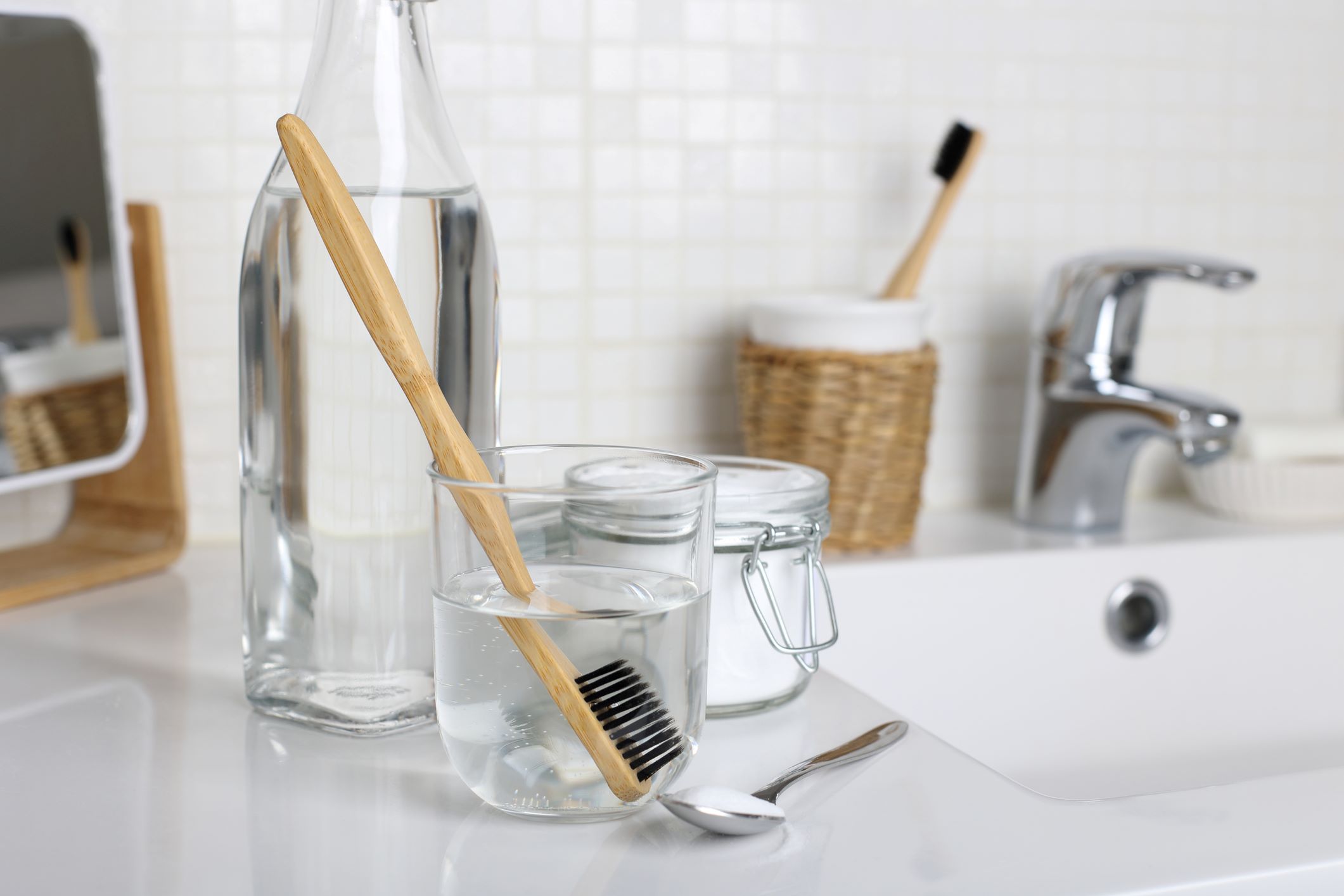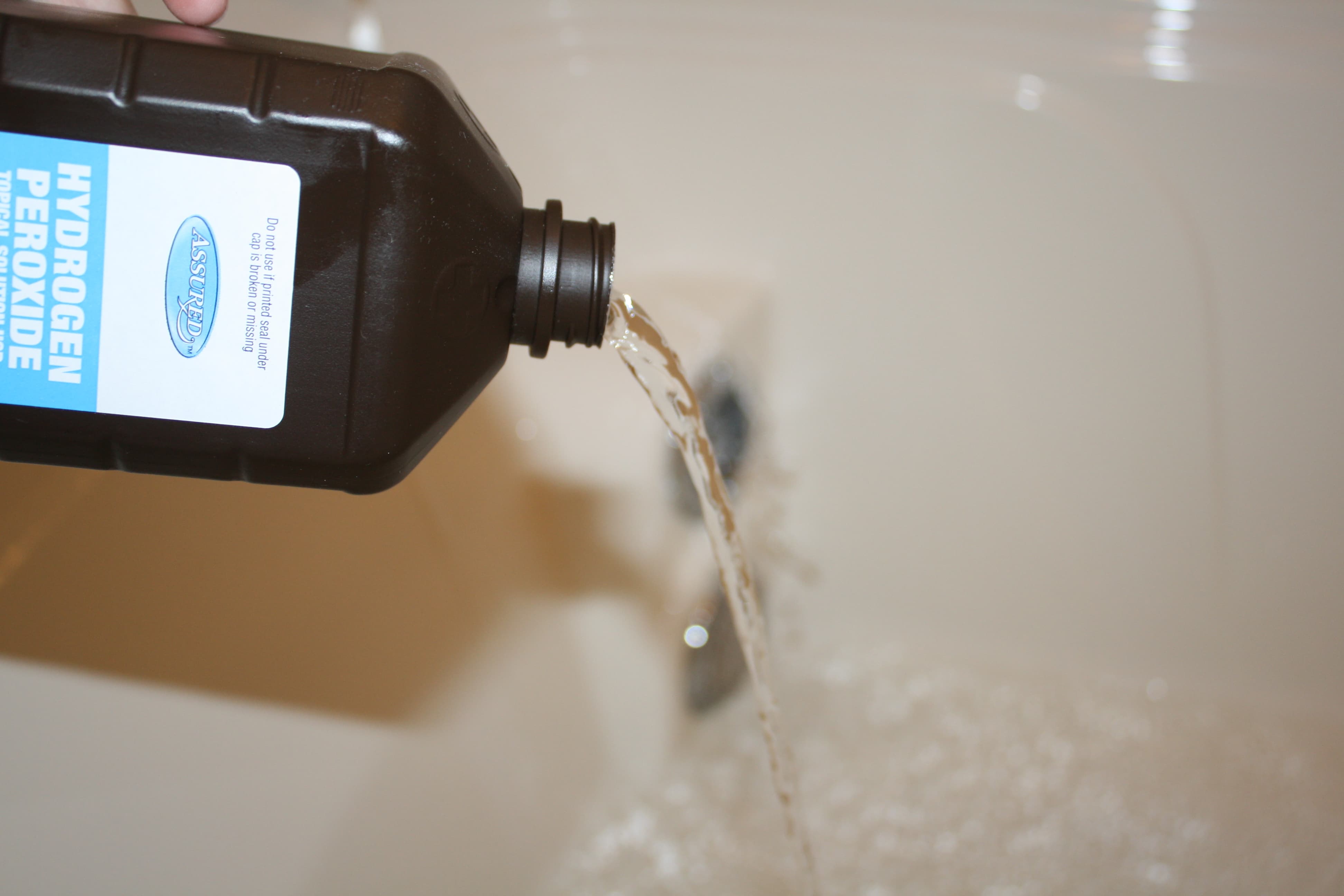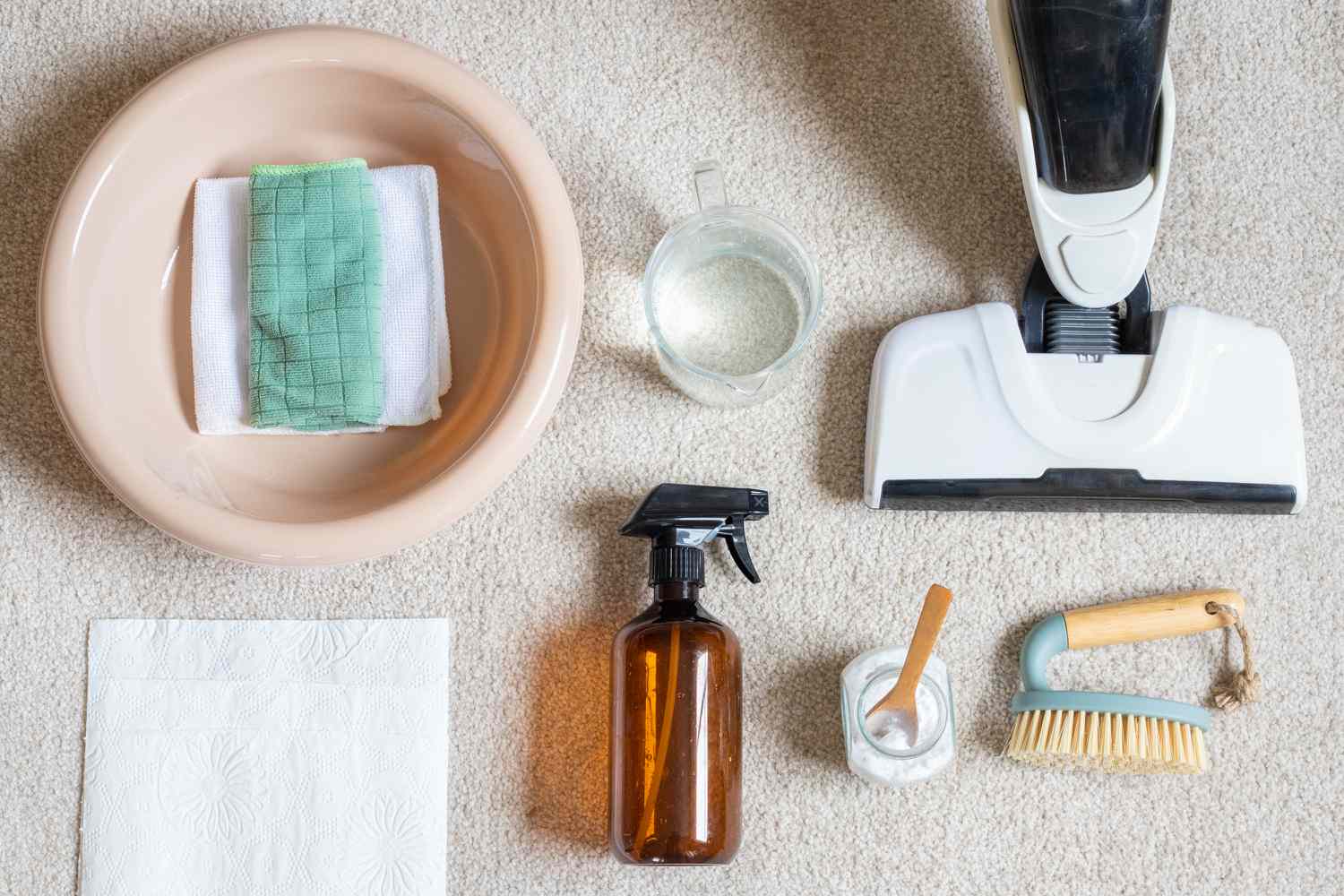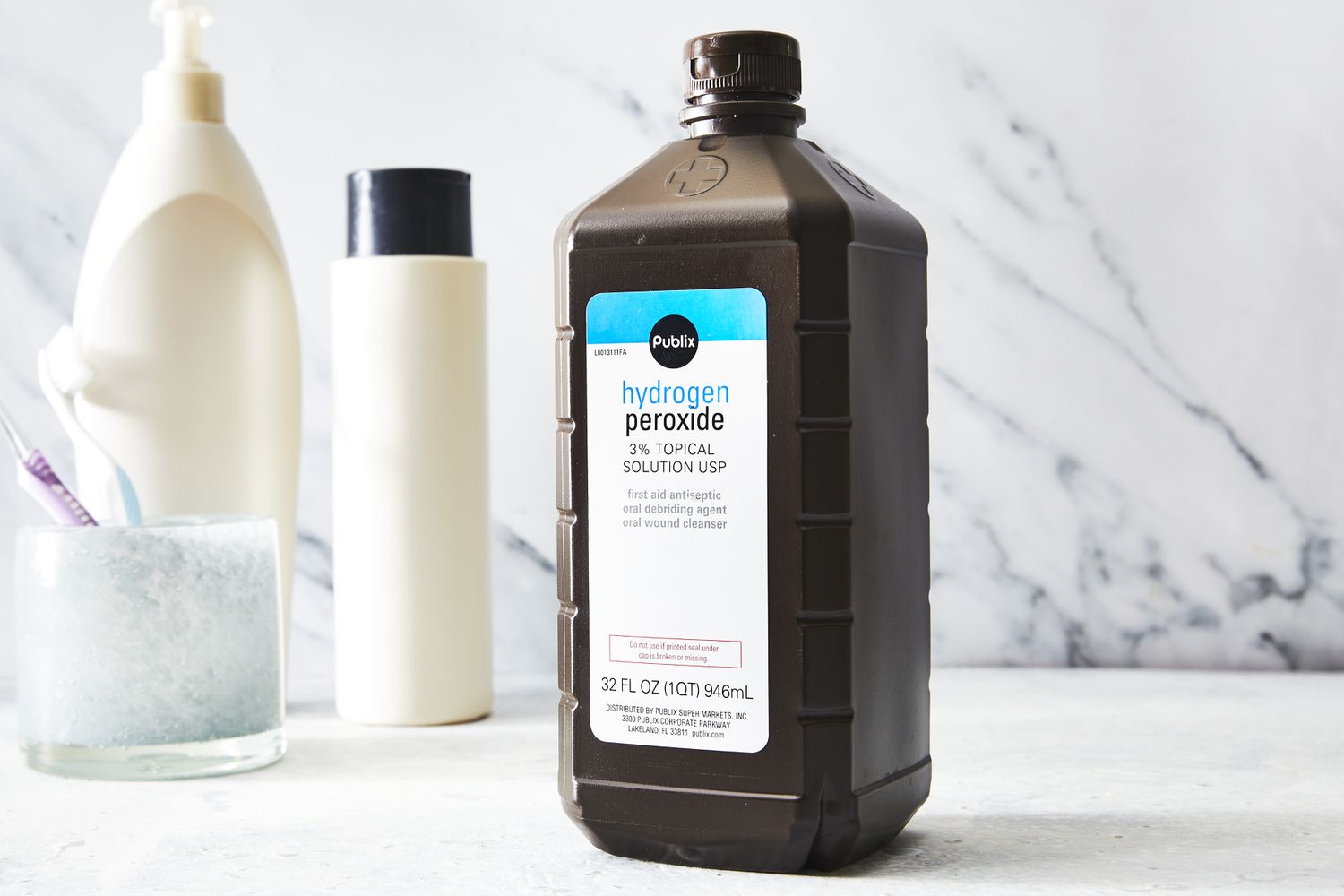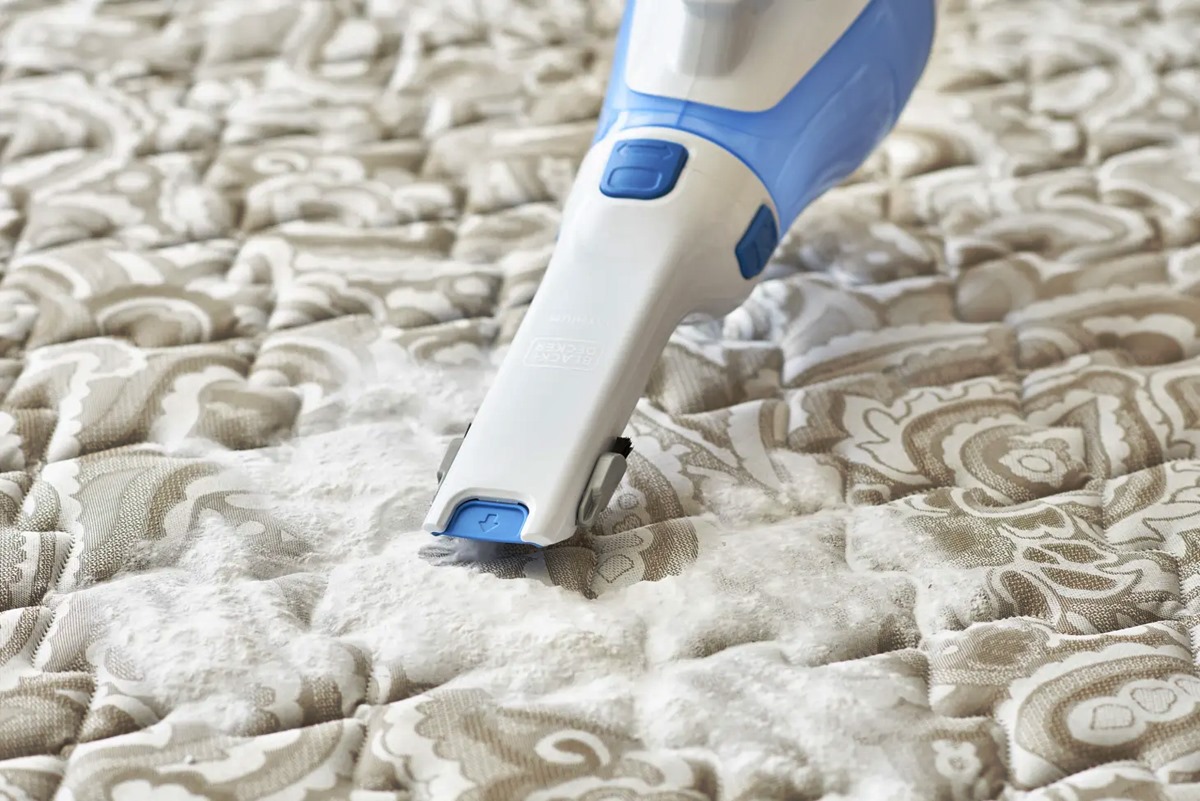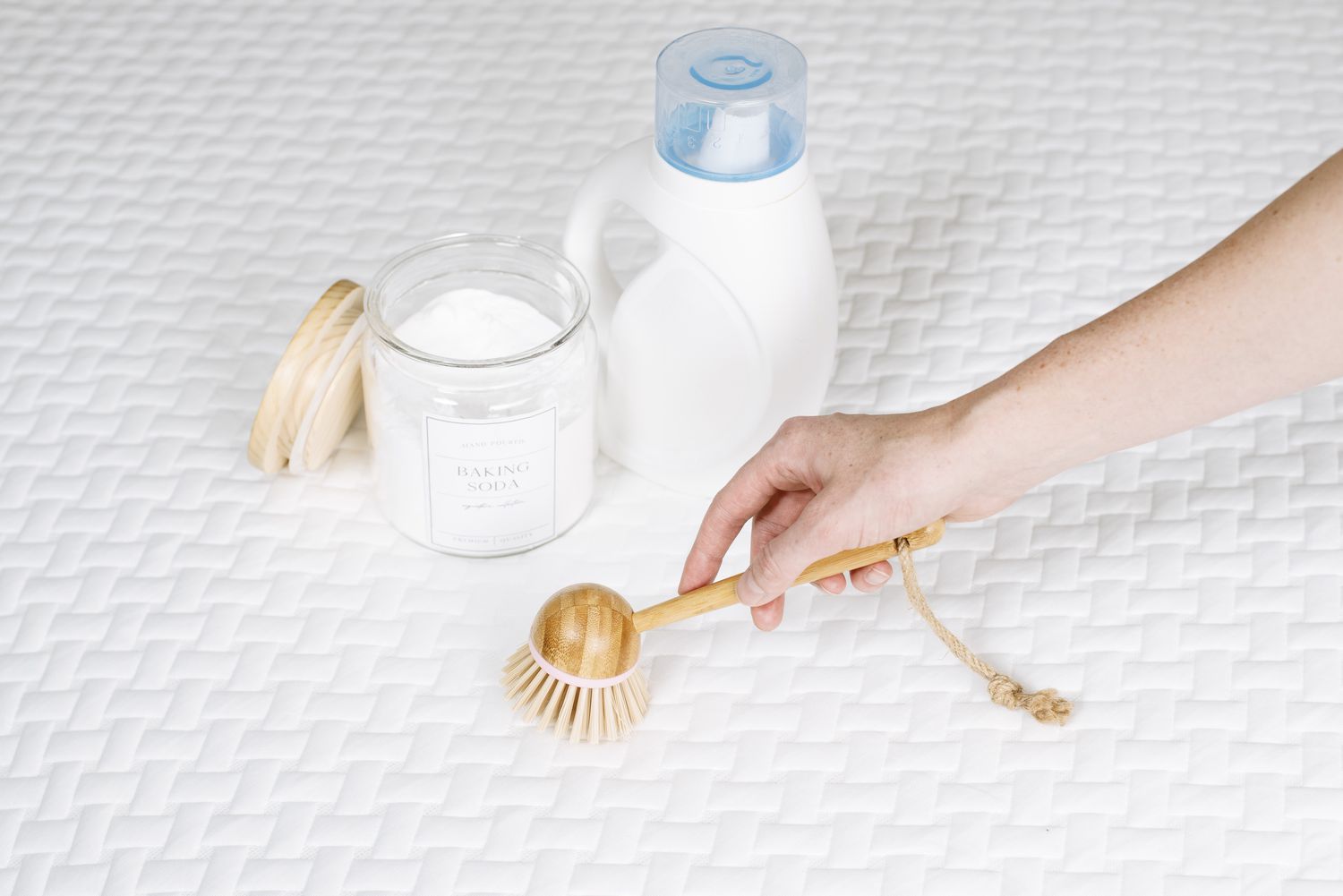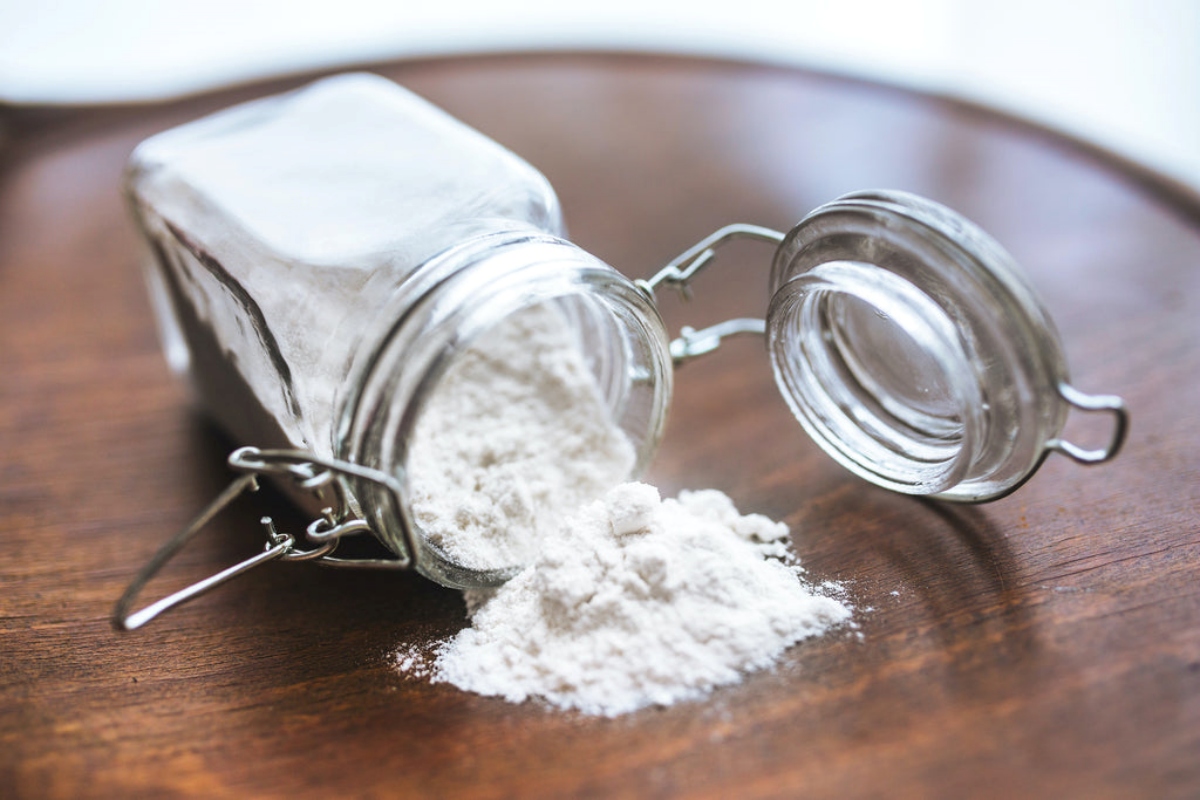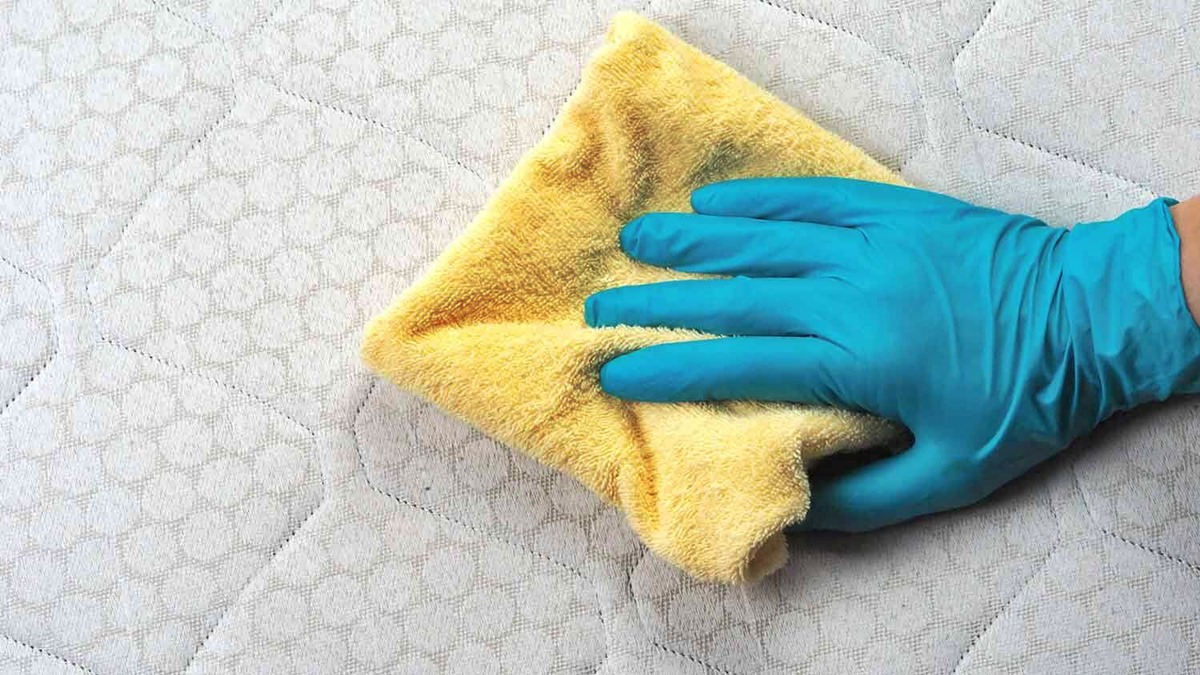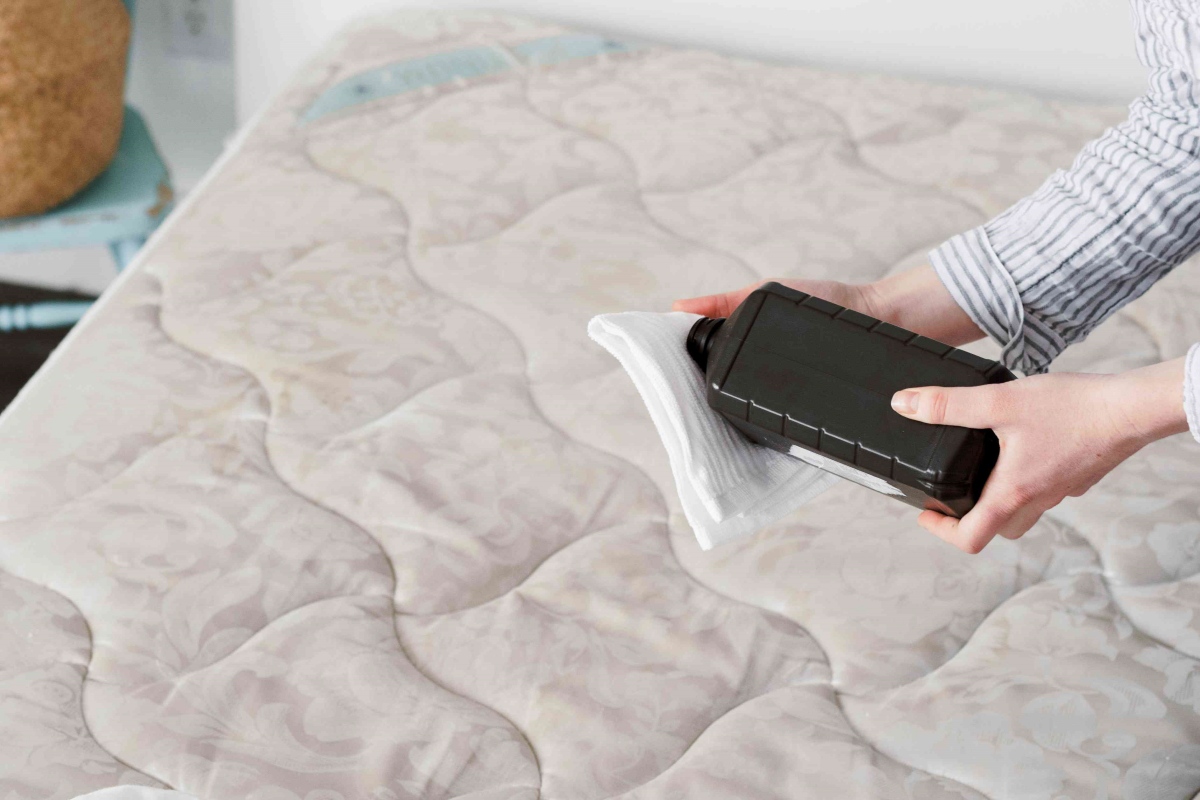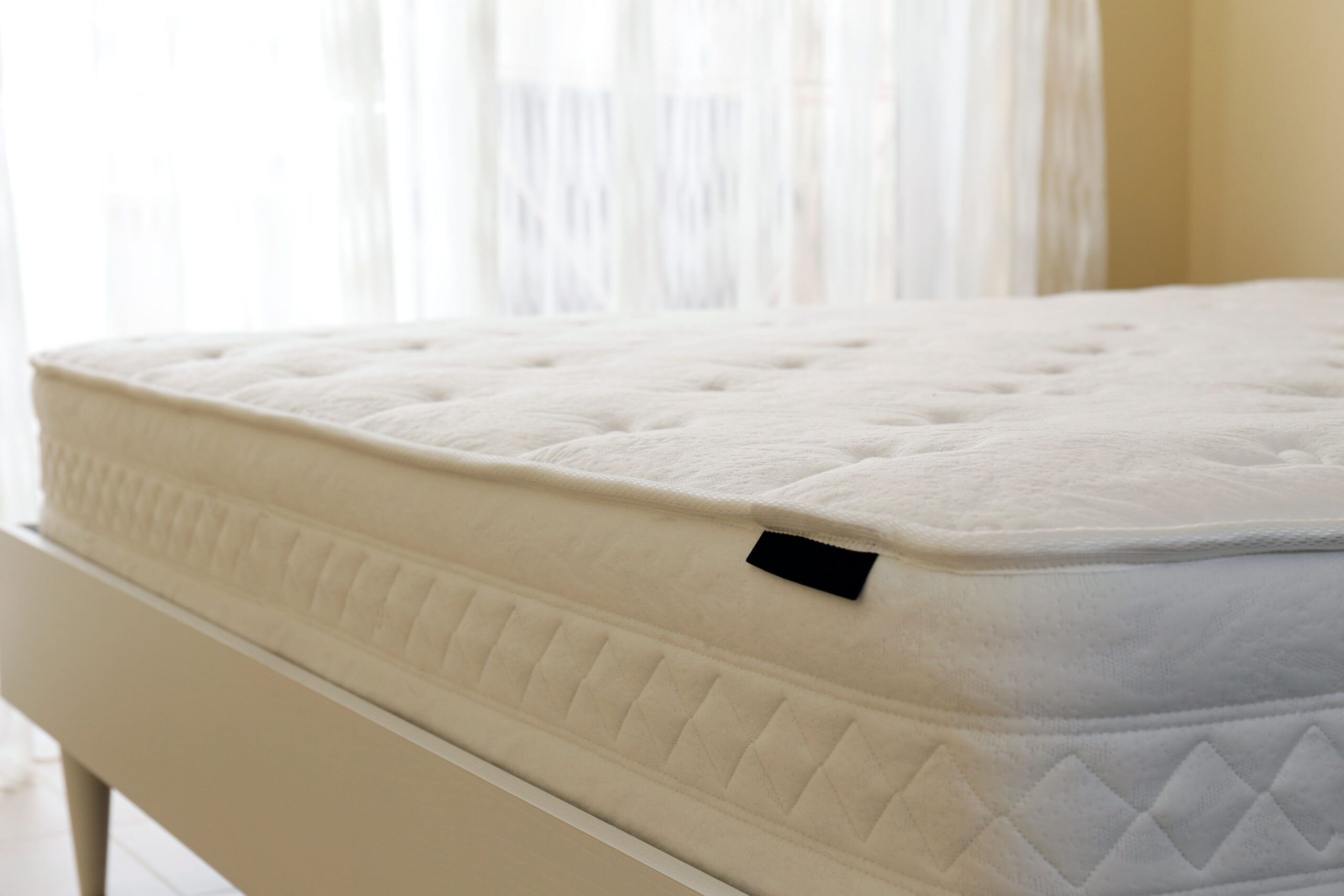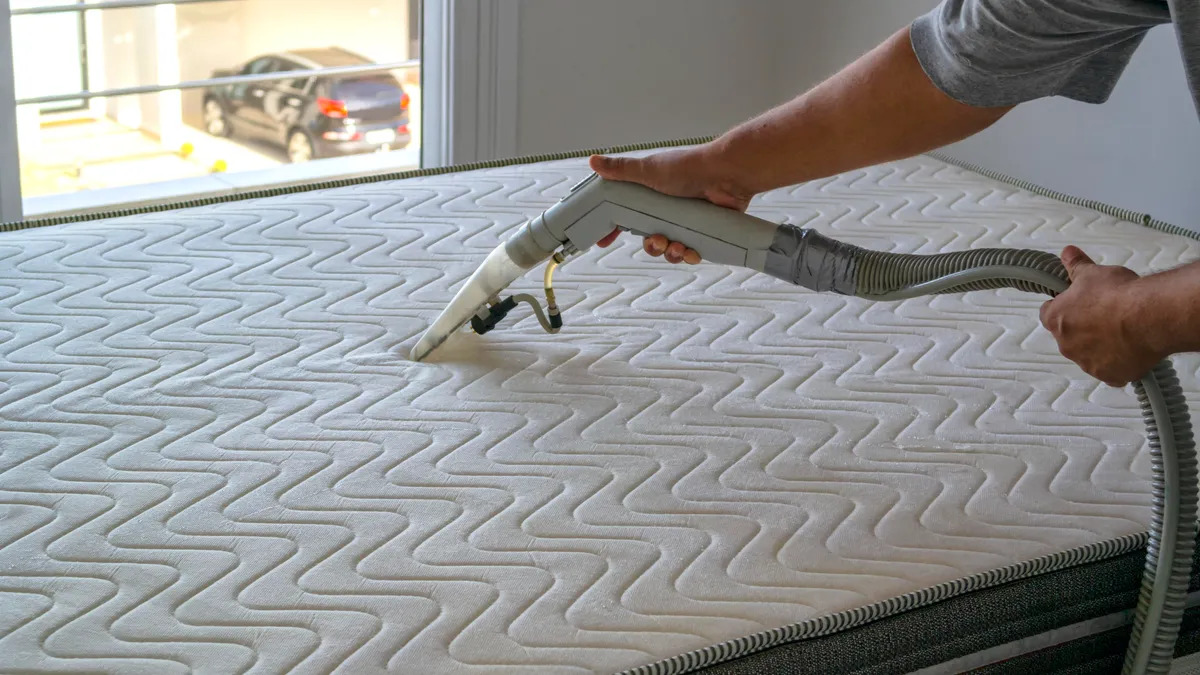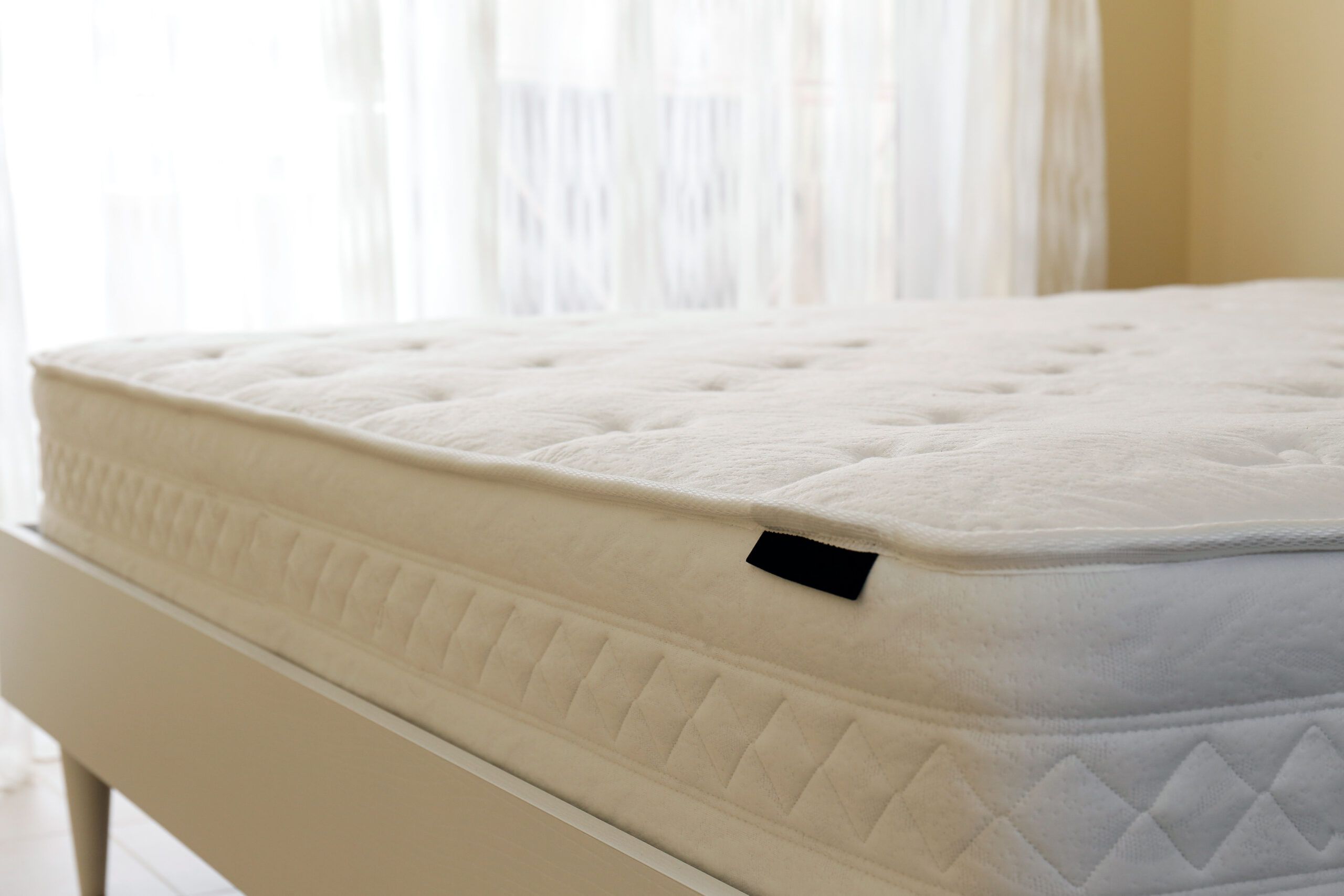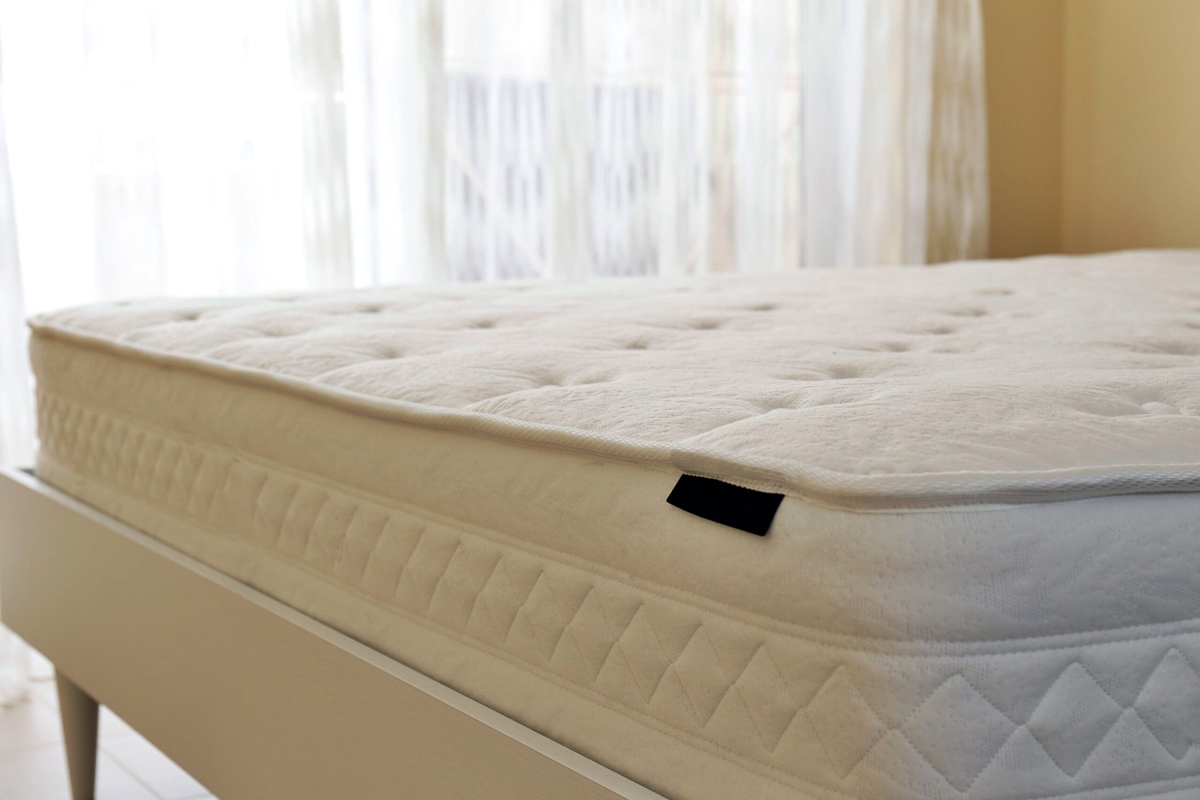Home>Furniture>Bedroom Furniture>How To Clean Mattress Stains With Hydrogen Peroxide
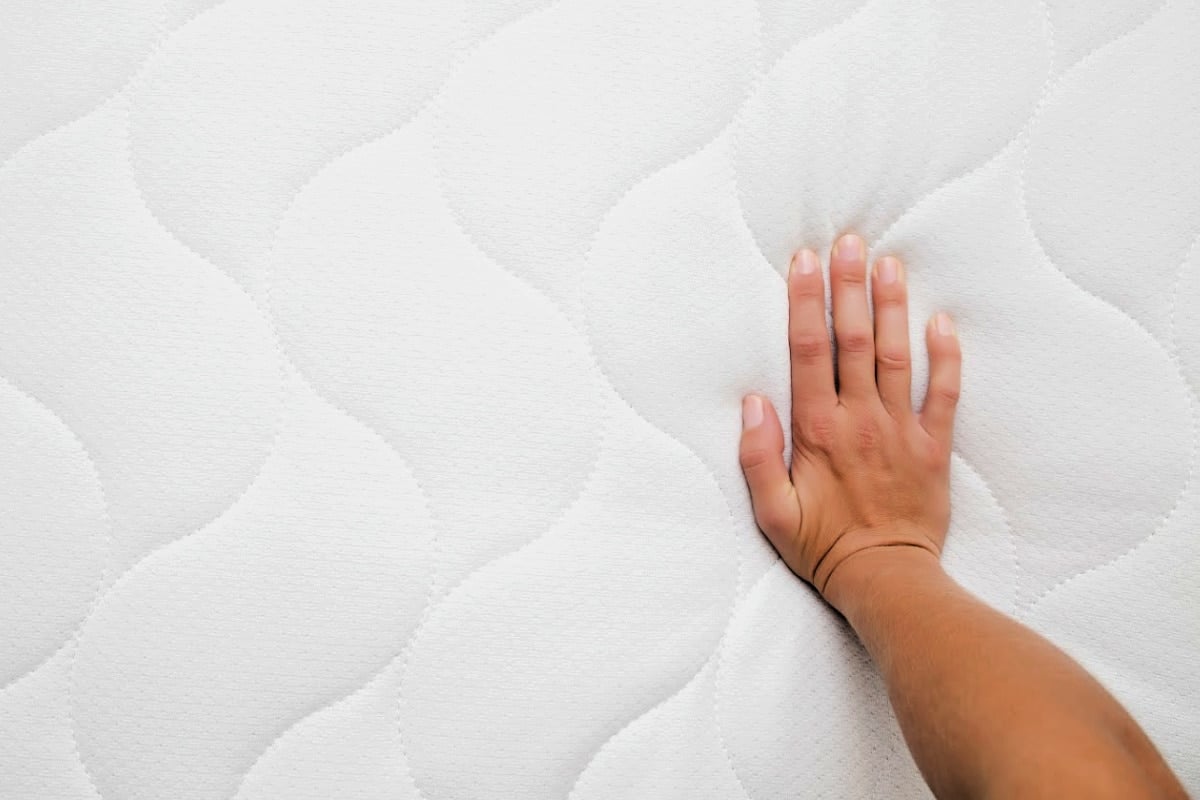

Bedroom Furniture
How To Clean Mattress Stains With Hydrogen Peroxide
Modified: January 23, 2024
Learn how to remove stubborn mattress stains with the incredible power of hydrogen peroxide. Transform your bedroom-furniture to look good as new!
(Many of the links in this article redirect to a specific reviewed product. Your purchase of these products through affiliate links helps to generate commission for Storables.com, at no extra cost. Learn more)
Introduction
Welcome to our comprehensive guide on how to clean mattress stains with hydrogen peroxide. Your mattress is an essential part of your bedroom, providing comfort and support for a good night’s sleep. However, over time, it is inevitable that your mattress will accumulate stains from spills, accidents, or general wear and tear. These unsightly stains not only detract from the appearance of your mattress but can also harbor bacteria, allergens, and odors.
Fortunately, hydrogen peroxide is a powerful and effective cleaning agent that can help you restore the cleanliness and freshness of your mattress. In this article, we will walk you through the process of using hydrogen peroxide to tackle various types of mattress stains, from urine and sweat stains to blood and wine stains. We will also discuss the importance of using hydrogen peroxide, precautions to take before cleaning, and alternative methods for stubborn stains.
Before we dive into the step-by-step guide, it’s important to note that while hydrogen peroxide is a safe and natural cleaning solution, it is always recommended to test it on a small, inconspicuous area of your mattress before proceeding with the stain removal process. This will help ensure that the hydrogen peroxide doesn’t cause any discoloration or damage to your mattress fabric.
Now, let’s explore the importance of using hydrogen peroxide and how it can effectively eliminate mattress stains.
Key Takeaways:
- Say goodbye to mattress stains with hydrogen peroxide! Its powerful stain-removing and antibacterial properties make it a safe, versatile, and economical solution for a fresh and hygienic sleeping environment.
- Keep your mattress clean and fresh by using hydrogen peroxide to tackle stains and following maintenance tips. Enjoy a rejuvenating sleep experience in a comfortable and hygienic bed.
Understanding Mattress Stains
Before we delve into the process of cleaning mattress stains with hydrogen peroxide, it’s essential to understand the different types of stains that can accumulate on your mattress. By identifying the type of stain, you can determine the most effective cleaning approach and increase your chances of success.
1. Urine Stains: Whether it’s from a child’s accident or a pet’s mishap, urine stains are a common issue faced by many mattress owners. They not only leave a visible mark on your mattress but also emit an unpleasant odor if not promptly dealt with.
2. Sweat and Body Fluid Stains: Over time, our bodies naturally produce sweat during sleep. These sweat stains, along with other body fluids like saliva, can seep into the mattress fabric and create unsightly discoloration.
3. Blood Stains: Accidental cuts or menstrual accidents can lead to blood stains on your mattress. Blood stains can be tricky to remove if not tackled promptly and correctly.
4. Food and Drink Stains: We all love a relaxing evening snack or a cup of coffee in bed, but those indulgences can sometimes result in food and drink stains on our mattresses. These stains can be particularly stubborn and require immediate attention to prevent permanent damage.
5. Pet Stains: If you have a furry friend who enjoys snuggling up on your bed, you may encounter pet-related stains such as urine, vomit, or muddy paw prints. These stains require special care and attention to effectively eliminate odor and bacteria.
Understanding the type of stain on your mattress is crucial because each type may require a slightly different cleaning approach. While hydrogen peroxide is generally effective against most stains, it’s important to adjust the cleaning process based on the specific stain you’re dealing with.
Now that you have a better understanding of the different types of mattress stains, let’s explore why hydrogen peroxide is an excellent choice for tackling these stains.
Importance of Using Hydrogen Peroxide
Hydrogen peroxide is a versatile cleaning agent that has gained popularity for its effectiveness in removing stains and disinfecting various surfaces, including mattresses. Here are several reasons why hydrogen peroxide is an excellent choice for cleaning mattress stains:
1. Powerful Stain Remover: Hydrogen peroxide is a powerful oxidizing agent that can break down and remove tough stains from your mattress. It works by breaking the chemical bonds in the stain molecules, making them easier to lift and remove from the fabric.
2. Antibacterial Properties: Hydrogen peroxide is also known for its antibacterial properties, making it an ideal choice for eliminating bacteria, allergens, and odors that may be trapped within the mattress. Regular cleaning with hydrogen peroxide can help create a hygienic sleeping environment.
3. Safe and Natural: Unlike many commercial cleaning products that contain harsh chemicals, hydrogen peroxide is a safe and natural alternative. It does not leave behind toxic residues or emit harmful fumes, making it suitable for those with sensitivities or allergies.
4. Versatile Application: Hydrogen peroxide can be used on a wide range of fabric types, including cotton, polyester, and even delicate fabrics. This versatility allows you to tackle stains on different types of mattresses and achieve satisfactory results.
5. Economical Solution: Hydrogen peroxide is a cost-effective cleaning solution compared to specialized stain removers or professional cleaning services. Investing in a bottle of hydrogen peroxide can save you money in the long run, as it can be used for multiple cleaning tasks around the house.
It is important to note that while hydrogen peroxide is safe to use, it is always recommended to follow the instructions provided on the product label and take necessary precautions to avoid contact with eyes or ingestion.
Now that you understand the importance of using hydrogen peroxide, let’s discuss some precautions to keep in mind before you embark on the mattress cleaning process.
Precautions Before Cleaning
Cleaning your mattress with hydrogen peroxide can be an effective and safe solution, but it’s crucial to take some precautions before you start the cleaning process. These precautions will help ensure the best results and protect the integrity of your mattress:
1. Check the Manufacturer’s Instructions: Before using any cleaning product on your mattress, it’s essential to check the manufacturer’s instructions. Some mattresses may have specific cleaning guidelines or recommendations that differ from general cleaning methods. Following these instructions will help prevent any damage or voiding of your mattress warranty.
2. Spot Test: Before applying hydrogen peroxide to the entire stain area, it’s wise to perform a spot test on a small, inconspicuous area of the mattress. Apply a small amount of hydrogen peroxide to the spot and observe the fabric’s reaction over a few minutes. If there is no discoloration or adverse reaction, you can proceed with cleaning the stain. If you notice any negative effects, discontinue use and try an alternative cleaning method or seek professional help.
3. Protect the Mattress: To prevent any potential damage to your mattress, it’s advisable to remove all bedding, including sheets, mattress protectors, or mattress toppers, before starting the cleaning process. This will allow you to have direct access to the stained area and minimize the risk of any moisture seeping deeper into the mattress.
4. Wear Protective Gloves: When handling hydrogen peroxide or any cleaning solution, it’s a good practice to wear protective gloves to protect your skin from potential irritation or dryness. This is especially important if you have sensitive skin or any existing skin conditions.
5. Use Proper Ventilation: While hydrogen peroxide is safe to use, it’s always recommended to clean in a well-ventilated area. Opening windows or using fans can help dissipate any fumes and provide fresh air circulation during the cleaning process.
By following these precautions, you can ensure a safe and effective cleaning process for your mattress. Now, let’s move on to the step-by-step guide on how to clean mattress stains with hydrogen peroxide.
Mix 1/4 cup of hydrogen peroxide with 1 tbsp of dish soap and 1 tbsp of salt. Apply the mixture to the stain, let it sit for 15 minutes, then blot with a clean cloth. Repeat if necessary.
Step-by-Step Guide: Cleaning Mattress Stains with Hydrogen Peroxide
Cleaning mattress stains with hydrogen peroxide is a straightforward process that can help restore the freshness and cleanliness of your mattress. Follow these step-by-step instructions to effectively eliminate stains:
Step 1: Gather Your Supplies
Before you begin, gather the necessary supplies. You will need:
- Hydrogen peroxide (3% concentration)
- Spray bottle
- Clean white cloth or sponge
- Cool water
Step 2: Blot the Stain
If the stain is fresh, start by gently blotting the stained area with a clean cloth or sponge. Avoid rubbing the stain, as this can spread it and push it deeper into the fabric.
Step 3: Spray Hydrogen Peroxide
Fill a spray bottle with hydrogen peroxide, ensuring it is the 3% concentration. Spray the stained area generously with the hydrogen peroxide until it is damp but not overly saturated. Allow the hydrogen peroxide to penetrate the stain for about 10 minutes.
Step 4: Blot the Stain
Using a clean cloth or sponge, gently blot the stained area again. This will help lift the stain and remove any residual hydrogen peroxide. Repeat this step until the stain begins to fade or disappears completely.
Step 5: Rinse with Cool Water
After the stain has been successfully removed, dampen a clean cloth or sponge with cool water and gently dab the treated area to remove any remaining hydrogen peroxide residue. Be careful not to saturate the mattress with water, as excessive moisture can lead to mold or mildew growth.
Step 6: Air Dry
Allow your mattress to air dry naturally. Open windows or use fans to promote air circulation and speed up the drying process. It is essential to ensure that the mattress is completely dry before you put bedding back on it to prevent any moisture-related issues.
Step 7: Vacuum (Optional)
If you notice any dried residue or particles on the mattress surface, you can gently vacuum it using an upholstery attachment. This will help remove any debris and fluff up the fabric.
That’s it! Following these steps will help remove most common mattress stains with the power of hydrogen peroxide. However, for stubborn or older stains, you may need to try alternative methods.
Read more: How To Clean A Carpet With Hydrogen Peroxide
Alternative Methods for Stubborn Stains
While hydrogen peroxide is effective for many mattress stains, some stubborn or older stains may require additional cleaning methods. Here are a few alternative methods you can try:
1. Baking Soda and Vinegar:
If the hydrogen peroxide method didn’t completely remove the stain, you can create a paste using baking soda and vinegar. Mix equal parts of baking soda and vinegar to form a thick paste. Apply the paste to the stain and gently rub it in using a clean cloth or sponge. Allow the paste to sit for a few hours or overnight, then blot it away with a damp cloth. This method can help lift and eliminate deeper or tougher stains.
2. Enzyme Cleaner:
For organic stains such as urine or pet accidents, an enzyme cleaner can be highly effective. Enzyme cleaners break down the organic compounds in the stain, eliminating both the stain and the odor. Follow the instructions on the enzyme cleaner product and apply it to the stained area. Allow it to sit for the recommended time before blotting it away with a clean cloth or sponge.
3. Upholstery Shampoo:
If you have access to an upholstery or fabric shampoo specifically designed for cleaning mattresses or furniture, you can use this to tackle stubborn stains. Follow the instructions provided with the shampoo and apply it to the stained area. Use a clean cloth or sponge to gently scrub the stain, and then rinse it away with cool water. Allow the mattress to dry completely before placing bedding back on it.
4. Professional Cleaning:
If all else fails, or if you have deep-set stains that are proving difficult to remove, it may be worth considering professional mattress cleaning services. Professional cleaners have specialized equipment and expertise to effectively remove stubborn stains and thoroughly clean your mattress. This option is especially useful for deep cleaning and revitalizing older mattresses.
Remember, it is always recommended to test any cleaning method or product on a small and inconspicuous area of your mattress before applying it to the stained area. This will help ensure that the method does not cause any discoloration or damage to the fabric. Additionally, following the manufacturer’s instructions for any cleaning products or equipment you use is essential to achieve the best possible results without causing harm to your mattress.
Now that you have alternative methods to try for stubborn stains, let’s explore some tips for maintaining a clean mattress.
Tips for Maintaining a Clean Mattress
Keeping your mattress clean and well-maintained is essential for its longevity and your overall sleep health. Here are some helpful tips to maintain a clean mattress:
1. Use a Mattress Protector:
Invest in a quality mattress protector that is waterproof and breathable. A mattress protector acts as a barrier, preventing spills, stains, and dust mites from penetrating the mattress fabric. It also helps to extend the lifespan of your mattress and makes cleaning easier.
2. Wash Bedding Regularly:
Wash your bedding, including sheets, pillowcases, and mattress covers, regularly to remove sweat, oils, and dead skin cells. Launder them in hot water to effectively kill bacteria and dust mites. Be sure to follow the manufacturer’s instructions for washing and drying your bedding to avoid any damage or shrinkage.
3. Vacuum Mattress Surface:
Use a vacuum cleaner with a upholstery attachment to regularly vacuum the surface of your mattress. This helps remove dust, allergens, and loose debris that can settle on the fabric.
4. Rotate and Flip:
Rotate and flip your mattress every few months to ensure even wear and prevent sagging. This helps maintain its integrity and prolong its lifespan. Check the manufacturer’s instructions for specific recommendations on rotating and flipping your mattress.
5. Keep Pets Off the Bed:
As much as we love our furry friends, keeping them off the bed can help minimize the risk of pet-related stains, odors, and allergens on your mattress. Provide a comfortable alternative sleeping spot for your pets, such as a pet bed or designated area in your home.
6. Handle Stains Promptly:
Address any spills or stains on your mattress as soon as possible. The longer a stain sits, the more difficult it becomes to remove. Blot the area gently with a clean cloth or sponge and use appropriate cleaning methods, such as hydrogen peroxide or alternative methods mentioned earlier.
7. Air Out Your Mattress:
Occasionally, give your mattress some fresh air by stripping off the bedding and opening the windows. Good ventilation helps remove any trapped moisture and odors, keeping your mattress fresh.
8. Avoid Eating and Drinking in Bed:
While it may be tempting to enjoy a snack or a drink in bed, it increases the likelihood of spills and stains on your mattress. Try to avoid eating or drinking in bed to prevent unnecessary messes.
By following these tips, you can maintain a clean and fresh mattress, ensuring a hygienic and comfortable sleeping environment.
Now that we’ve explored various cleaning methods and maintenance tips, you are well-equipped to tackle mattress stains and keep your bed in top condition. Happy cleaning and restful sleep!
Conclusion
Cleaning mattress stains with hydrogen peroxide is an effective and natural method to restore the cleanliness and freshness of your mattress. By understanding the different types of stains, the importance of using hydrogen peroxide, and taking necessary precautions, you can successfully eliminate most stains and maintain a hygienic sleeping environment.
Hydrogen peroxide, with its powerful stain-removing and antibacterial properties, offers a safe and versatile solution for tackling various types of stains on your mattress. It is an economical and eco-friendly alternative to commercial cleaning products.
Throughout this guide, we have provided a step-by-step process to guide you through the cleaning process. The alternative methods mentioned for stubborn stains provide additional options if the hydrogen peroxide method doesn’t completely remove the stain.
Remember to take precautions, such as spot testing, protecting your mattress, wearing gloves, and ensuring proper ventilation during the cleaning process. It is essential to follow manufacturer’s instructions and exercise caution to avoid any damage to your mattress or harm to yourself.
In addition to stain removal, we have also discussed tips for maintaining a clean mattress. Using a mattress protector, washing bedding regularly, vacuuming the mattress surface, and following proper mattress care techniques can help prevent future stains and extend the lifespan of your mattress.
With the information provided in this guide, you are now equipped with the knowledge and tools to confidently clean mattress stains with hydrogen peroxide. So go ahead, tackle those stains, and enjoy a clean and fresh mattress for a rejuvenating sleep experience.
Remember, a clean mattress not only enhances the aesthetic appeal of your bedroom but also promotes a healthier sleeping environment. So, prioritize the cleanliness of your mattress and enjoy the benefits of a comfortable and hygienic place to rest.
Frequently Asked Questions about How To Clean Mattress Stains With Hydrogen Peroxide
Was this page helpful?
At Storables.com, we guarantee accurate and reliable information. Our content, validated by Expert Board Contributors, is crafted following stringent Editorial Policies. We're committed to providing you with well-researched, expert-backed insights for all your informational needs.
